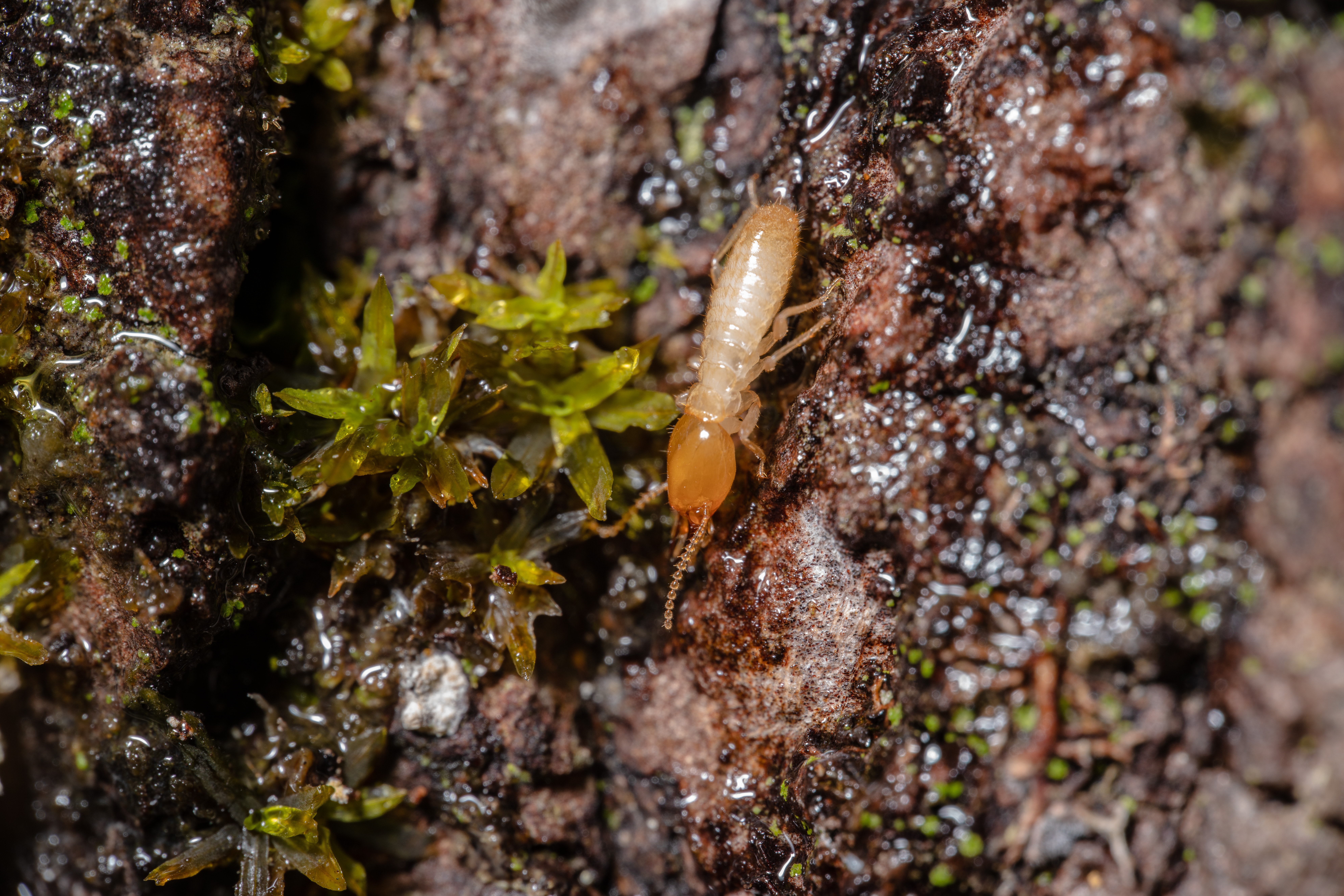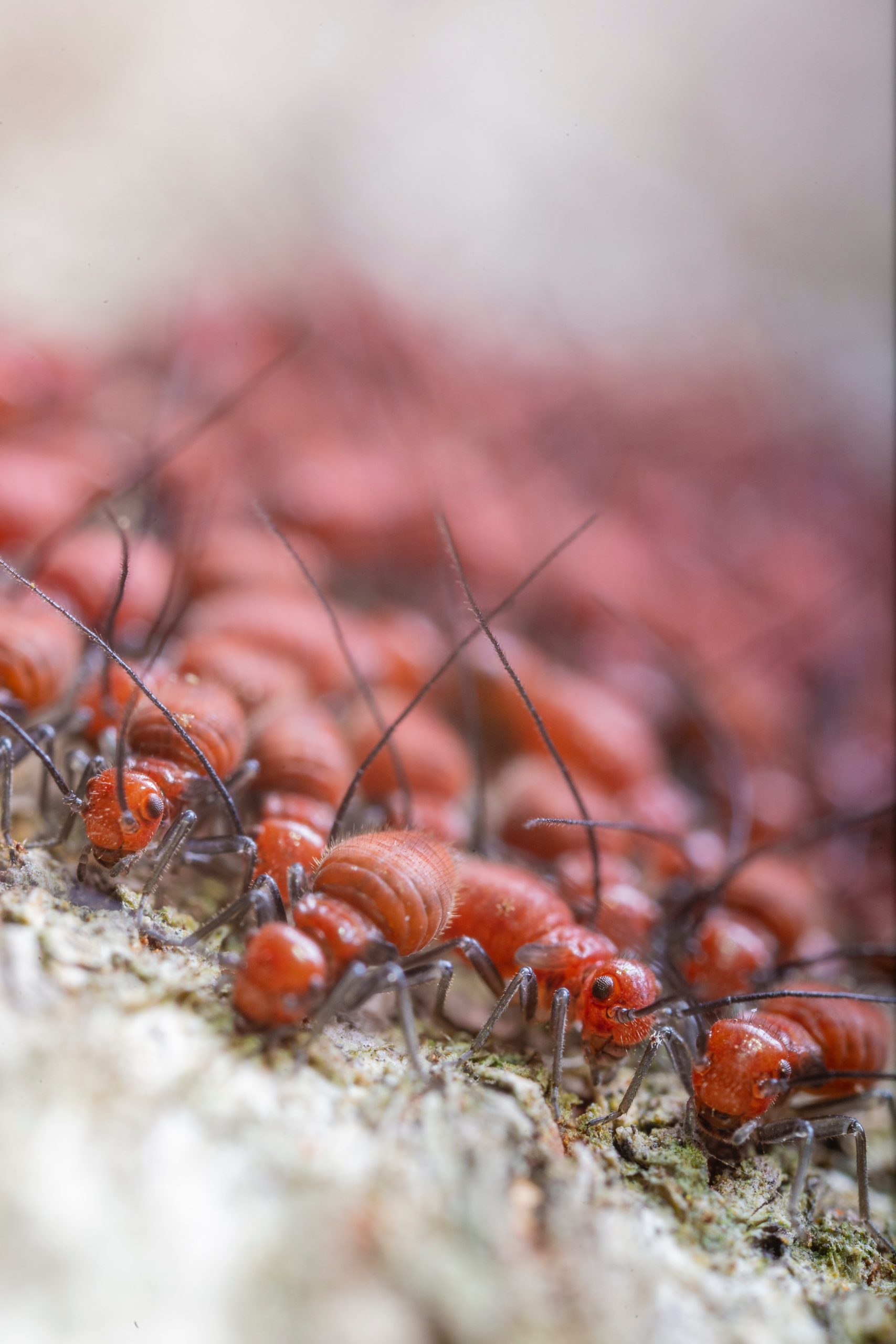
Spring Pests to Watch Out For
Spring means new life– new flowers, new plants, and animals emerging from hibernation or being born. Unfortunately, it can also mean new life for unwanted pests! Understanding the intruders that are likely to be a problem in the springtime, and implementing effective management strategies, can keep your home safe and help you maintain a pest-free environment.
Identifying common spring pests
As the weather gets warmer, various pests emerge to enjoy the weather, just like we do. Each of them has unique characteristics, and being able to identify these intruders (and the potential risks they carry) is the first step in effective pest management.
Ants
Ants are often found seeking food in kitchens and pantries. While ants probably aren’t number one when you think of annoying or scary pests, they can actually do some damage. Depending on what type of ant you’re dealing with, ants can leave painful bites or stings, or carry bacteria like salmonella, staph, strep, E.coli, and more.
Spiders
Most of the time, spiders enter your home in search of prey. Spiders are afraid of humans and eat other pests, but if trapped or frightened, they may bite humans– and their bites may be painful or have serious consequences. If you spot a brown recluse or black widow spider, there’s reason for concern, but otherwise, we’d recommend just leaving spiders alone!

Cockroaches
Cockroaches are motivated by their search for warmth, food, and water. If they’re able to access your home, and the environment provides them with what they’re looking for, they’ll want to stick around! They especially thrive in warm, damp environments. Cockroaches don’t bite humans and are good at hiding from us, but they can carry bacteria that can cause serious health problems. Spotting cockroaches in your home means that it’s time to call for professional help.
Termites
Notorious for causing massive amounts of structural damage to homes, termites are recognizable by their wings, which are of equal size and shape and are about twice as long as their bodies. Spotting a termite in your home is bad news, and when you see one or notice potential termite damage, it’s definitely time to seek professional help.
Understanding the habits and physical characteristics of all of these pests can help you detect a problem early and manage it quickly and effectively.

Factors contributing to increased pest activity
Several factors can contribute to heightened pest activity during springtime. For example, increased rainfall creates environments conducive to certain pests. Check for and repair leaks in a timely fashion to eliminate potential breeding grounds.
Warmer temperatures stimulate pests’ reproductive cycles. Seal entry points to prevent them from infiltrating your home.
Prevention and management strategies
Effective pest management involves a combination of proactive measures and targeted treatments. Seal cracks and gaps in doors, windows, and foundations. Maintain a clean and clutter-free environment to eliminate hiding spots.
For some minor pest issues, DIY or store-bought insecticidal sprays can be used at entry points and known pest pathways, but for most pest issues, professional pest control services can offer the most comprehensive treatment.
If you’ve noticed a resurgence of some unwanted guests around your home along with the warmer weather, give West Termite & Pest a call today!
Call your local West Termite location or fill out the form
on our contact page to schedule your inspection today!
More posts from West Termite, Pest & Lawn
Top 5 Spring Pests in Arkansas and How to Keep Them Out
Looking to protect your home this spring? Pest season in Arkansas starts as early as March, and if you’re not prepared, you could find yourself sharing your space with ants, termites, mosquitoes, spiders, or wasps. In this guide, we will cover the top five spring...
Spring Into Action: Preventing Termite Infestations in Arkansas Homes
Termite infestations are a serious concern for homeowners in Arkansas, especially during the spring when these pests become most active. Preventing termite infestations early can save you from expensive structural damage and long-term headaches. Termites thrive in the...
Early Spring Lawn Care Tips: How to Keep Your Arkansas Yard Healthy
A healthy lawn starts in early spring. If you want lush, green grass by summer, the groundwork begins as the weather warms and the soil softens. The right early spring lawn care routine is essential for homes in Arkansas, where fluctuating temperatures and humidity...



